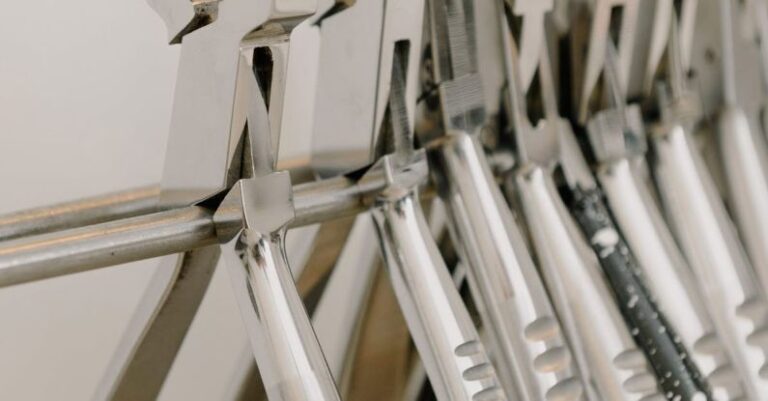
Robots have always fascinated humans with their ability to mimic human actions and perform tasks autonomously. Among the many types of robots, RC robots stand out for their versatility and entertainment value. RC robots, short for radio-controlled robots, are robots that can be controlled remotely using a transmitter. Whether you are a hobbyist, a student, or a tech enthusiast, building an RC robot can be a rewarding experience. To create a functional RC robot, it’s essential to understand the basic components that make up these robots.
**The Chassis**
The chassis is the framework or body of the RC robot that houses all the other components. It provides the structure and support for the robot’s components and determines the robot’s overall shape and size. The chassis can be made from various materials such as plastic, aluminum, or carbon fiber, depending on the desired strength and weight of the robot. The design of the chassis plays a crucial role in the robot’s stability, maneuverability, and durability.
**Motors**
Motors are the driving force behind the movement of an RC robot. There are typically two types of motors used in RC robots: DC motors and servo motors. DC motors are commonly used for providing propulsion and driving the wheels of the robot, while servo motors are used for precise control of the robot’s movements, such as steering or manipulating robotic arms. The selection of motors depends on the desired speed, torque, and control requirements of the robot.
**Wheels and Tracks**
Wheels or tracks are essential components of an RC robot that enable it to move efficiently on different surfaces. The choice between wheels and tracks depends on the terrain the robot will navigate. Wheels are ideal for smooth surfaces, providing better speed and maneuverability, while tracks offer better traction and stability on rough or uneven terrains. The size, type, and configuration of wheels or tracks can significantly impact the robot’s performance and mobility.
**Control System**
The control system is the brain of the RC robot responsible for receiving commands from the transmitter and translating them into actions. The control system typically consists of a microcontroller, sensors, and a receiver. The microcontroller processes the incoming signals and controls the motors and other actuators accordingly. Sensors, such as gyroscopes, accelerometers, and proximity sensors, provide feedback to the microcontroller, allowing the robot to sense and react to its environment. The receiver receives signals from the transmitter and relays them to the control system for execution.
**Power Source**
A reliable power source is crucial for the operation of an RC robot. The power requirements of an RC robot depend on its size, weight, and components. Common power sources for RC robots include rechargeable batteries, such as lithium-ion or nickel-metal hydride batteries, or disposable batteries, such as alkaline or lithium batteries. The choice of power source affects the robot’s runtime, performance, and weight distribution.
**Transmitter and Receiver**
The transmitter and receiver form the communication link between the operator and the RC robot. The transmitter is a handheld device equipped with joysticks, switches, and buttons that allow the operator to send commands to the robot wirelessly. The receiver, mounted on the robot, receives the signals from the transmitter and forwards them to the control system for execution. The range and reliability of the communication link depend on the quality of the transmitter and receiver.
**Sensors**
Sensors play a crucial role in enhancing the capabilities of an RC robot. Various sensors, such as infrared sensors, ultrasonic sensors, and cameras, can be integrated into an RC robot to enable it to perceive its surroundings, detect obstacles, and navigate autonomously. Sensor data is processed by the control system to make informed decisions and adapt the robot’s behavior accordingly.
**Innovative Add-ons**
In addition to the basic components, RC robots can be equipped with a wide range of innovative add-ons to enhance their functionality and performance. These add-ons can include robotic arms for manipulation, cameras for vision, grippers for picking up objects, and even artificial intelligence algorithms for autonomous decision-making. By incorporating innovative add-ons, hobbyists and enthusiasts can customize their RC robots to suit specific applications and challenges.
**In Summary**
Building an RC robot involves assembling various components to create a functional and versatile robot. Understanding the basic components of an RC robot, such as the chassis, motors, wheels, control system, power source, transmitter, receiver, sensors, and innovative add-ons, is essential for designing and constructing a successful robot. By combining these components creatively and effectively, enthusiasts can unleash their creativity and explore the exciting world of robotics. Whether for education, entertainment, or exploration, RC robots offer endless possibilities for learning and experimentation in the field of robotics.





